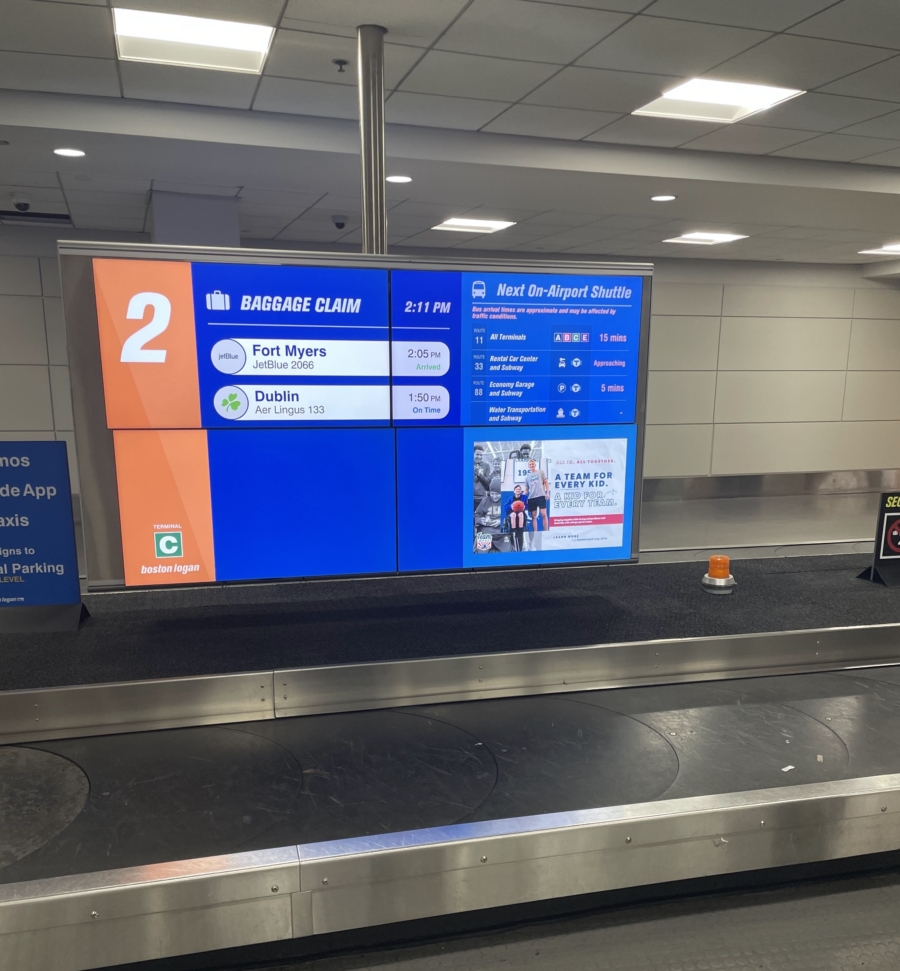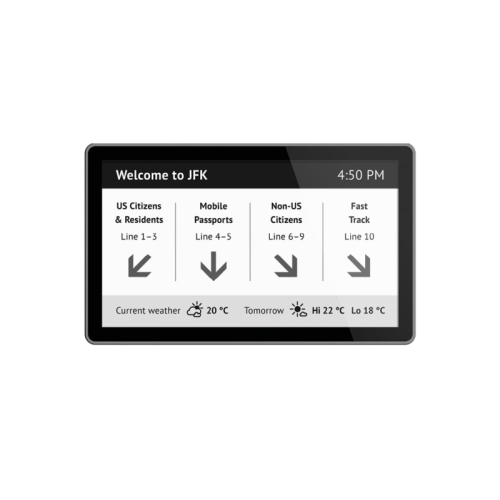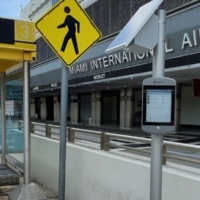In this article:
Smart Communications Equals Happy Passengers

In today’s fast-paced world, efficient communication is crucial, especially in bustling environments such as airports. Airports host millions of passengers daily who require directions, updates, and assistance seamlessly integrated into their travel experience. To ensure customer satisfaction, airports must employ smart communication strategies, leveraging technology to keep passengers well-informed and engaged throughout their journey. By doing so, passengers experience improved satisfaction, reduced anxiety, and enhanced convenience, which are vital to overall airport efficiency and enjoyment.
One of the critical elements of smart communication in airports is the use of digital directories and maps, such as a smart wayfinder system. These digital solutions provide intuitive and interactive experiences far beyond the traditional map usage. With interactive features like FIDs lookup, FAQs, and onward travel assistance, passengers can easily access the information they need without having to seek staff help actively. This independence empowers passengers to manage their journey more confidently, leading to higher satisfaction levels.
Smart signage is another valuable component within airports, utilising real-time updates to communicate efficiently with travelers. By integrating live information into signage, airports can alert passengers to gate changes, delays, or boarding information promptly without necessitating staff intervention. This capability ensures that passengers are informed and reassured, despite any dynamic environment challenges typically associated with airports. Furthermore, automated triggers allow signs to update instantly based on current conditions, boosting operational efficiency and easing passenger flow.
The use of cloud-based CMS and map editing tools supports seamless operation and maintenance of these smart systems. Personnel can effortlessly manage route changes, update destination information, or integrate promotional content like upcoming events or offers. Such dynamic and flexible systems ensure that all information provided to passengers is current. This real-time communication means passengers can rely on accurate, timely details, reducing confusion and enhancing trust in airport services.

Mobile technology also plays a pivotal role in smart airport communications. With the rise of mobile apps, passengers can carry customized maps and directories in their smartphones, eliminating the need for additional downloads. Features like indoor positioning, geofencing, and travel notifications keep passengers informed wherever they are within the airport, tailoring updates to their specific journey. Furthermore, mobile-enabled surveys and feedback options provide valuable insights into passenger experiences, allowing airports to continuously improve their services.
Analytics and data collection offer a foundational advantage, granting airports a wealth of insights into passenger behavior and preferences. Understanding traffic patterns, popular routes, and frequent queries allow airports to optimize their operations and enhance their service offerings. With these data-driven decisions, airports can adapt their systems to meet passenger demands, ensuring every traveler receives the best possible experience.
Implementing these smart communication strategies results in numerous benefits. First and foremost, it enhances passenger satisfaction. By reducing uncertainty and dependency on staff for information, travelers enjoy a more autonomous airport experience. This free interaction not only meets the passengers’ immediate needs but also fosters an environment of hospitality and efficiency that leaves lasting positive impressions on travelers.
An immediate operational benefit is freeing up staff time. With passengers equipped to independently access necessary information, airport staff can focus on more complex inquiries or broader operational roles rather than basic queries. This shift in focus improves staff morale and allows airports to utilize human resources more effectively.
Economically, smart communications present an opportunity for revenue generation through internal marketing or prioritized advertising on digital platforms. Airports can engage passengers with targeted promotions for dining, shopping, or travel services, enhancing the passenger experience while benefiting airport concessions. Additionally, the reduced need for physical signage and print material not only lowers costs but also aligns with growing sustainability goals prevalent in modern businesses.
Conclusion
In conclusion, smart communication strategies are not just a luxury but a necessity in today’s airport environments. They address multiple aspects of passenger interactions, from convenience and satisfaction to operational efficiency and economic gains. With the use of digital solutions such as interactive maps, mobile technology, smart signage, and rigorous data analytics, airports transform into seamless hubs of information and hospitality. By investing in these technological advancements, airports ensure their passengers remain informed, less stressed, and ultimately happier, directly contributing to a positive travel experience.




